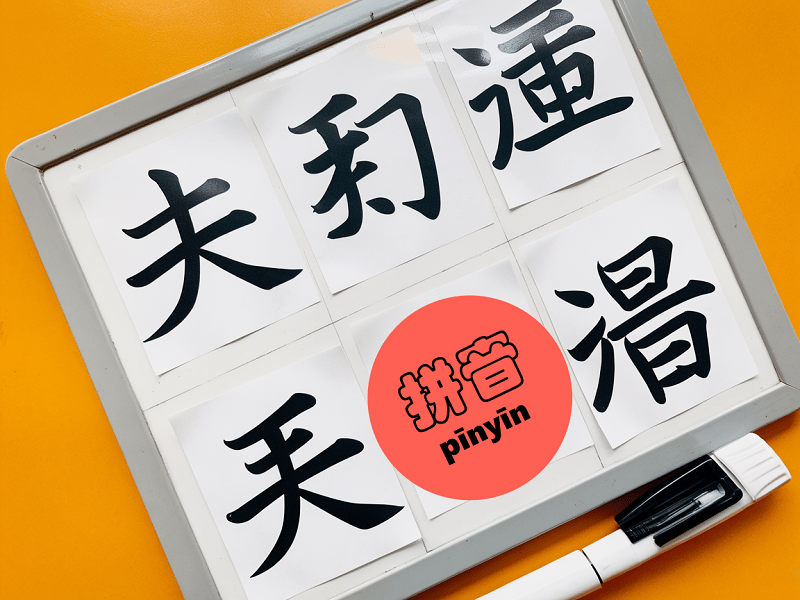Blog

Pinyin is the gateway to learning Mandarin, transforming the challenge of mastering pronunciation and tones into an achievable goal. As a phonetic system using the Latin alphabet, Pinyin simplifies Mandarin for beginners, making it the perfect starting point for exploring this beautiful and complex language.
For many beginners, learning Mandarin Chinese may seem like an insurmountable challenge. The complex characters, tones, and unfamiliar sounds can be daunting. However, there’s one essential tool that makes this journey significantly easier: Pinyin.
Pinyin, short for Hànyǔ Pīnyīn (汉语拼音), is the Romanized system of transcribing Chinese sounds into the Latin alphabet. It serves as a bridge for learners to master pronunciation, tones, and eventually, the language itself. Let’s explore why Pinyin is a game-changer for Mandarin learners and how to make the most of it.
Pinyin is a phonetic system developed in the 1950s to help learners of Mandarin pronounce Chinese characters correctly. It uses the Latin alphabet to represent the sounds of Mandarin, making it accessible to people familiar with Roman scripts.
Example:
Pinyin is now the standard for teaching Mandarin globally and is also used in China for children learning pronunciation.
Pronunciation Guide
Pinyin helps learners pronounce Mandarin sounds accurately, especially those that don’t exist in their native languages, such as zh, q, or ü.
Tonal Clarity
Mandarin is a tonal language with four tones (plus a neutral tone). Pinyin marks these tones with diacritical marks, making it easier to differentiate meanings.
Typing and Digital Communication
Pinyin is the primary input method for typing Chinese characters on smartphones and computers. It’s a practical skill for learners and native speakers alike.
Learning Aid for Characters
While Pinyin itself is not a replacement for learning characters, it serves as a stepping stone, allowing learners to focus on pronunciation first.
Initials and Finals
Pinyin divides Mandarin syllables into two parts:
Tone Marks
Pinyin uses tone marks to indicate the tone of a syllable, placed over the main vowel.
Special Sounds
Pinyin includes sounds that don’t exist in many other languages. For example:
Over-Reliance on English Phonetics
Pinyin uses the Latin alphabet, but the sounds often differ from English. For example:
Mastering Tones
Tones are crucial in Mandarin, and missing a tone can completely change a word’s meaning. Practice and listening are key.
Transitioning to Characters
While Pinyin is an excellent starting point, it’s essential to transition to learning characters to fully understand and use Mandarin.
Practice Initials and Finals Separately
Master the basic sounds of Pinyin before combining them into syllables.
Focus on Tones Early
Use apps or tone drills to perfect your tonal pronunciation.
Listen and Repeat
Mimic native speakers by listening to audio clips or watching Mandarin videos with subtitles.
Use Pinyin to Type Characters
Practice typing in Mandarin using Pinyin-based input methods. It reinforces your pronunciation and introduces you to new characters.
Supplement with Characters
Once comfortable with Pinyin, start connecting it with characters. For instance, link hǎo (Pinyin) with 好 (character).
Pinyin is not just a crutch for beginners—it’s a vital tool for building fluency in Mandarin. It simplifies pronunciation, demystifies tones, and bridges the gap between spoken and written Chinese. However, learners should remember that Pinyin is a stepping stone, not the final goal. Mastery of Chinese characters is essential for true fluency.
Pinyin makes Mandarin more approachable, giving learners the confidence to dive into this beautiful and complex language. So, if you’re starting your Mandarin journey, let Pinyin be your guide — it’s a gateway that opens the door to a fascinating world of communication and culture.
Ready to take the first step? Zài jiàn! (再见 - Goodbye!) 😊